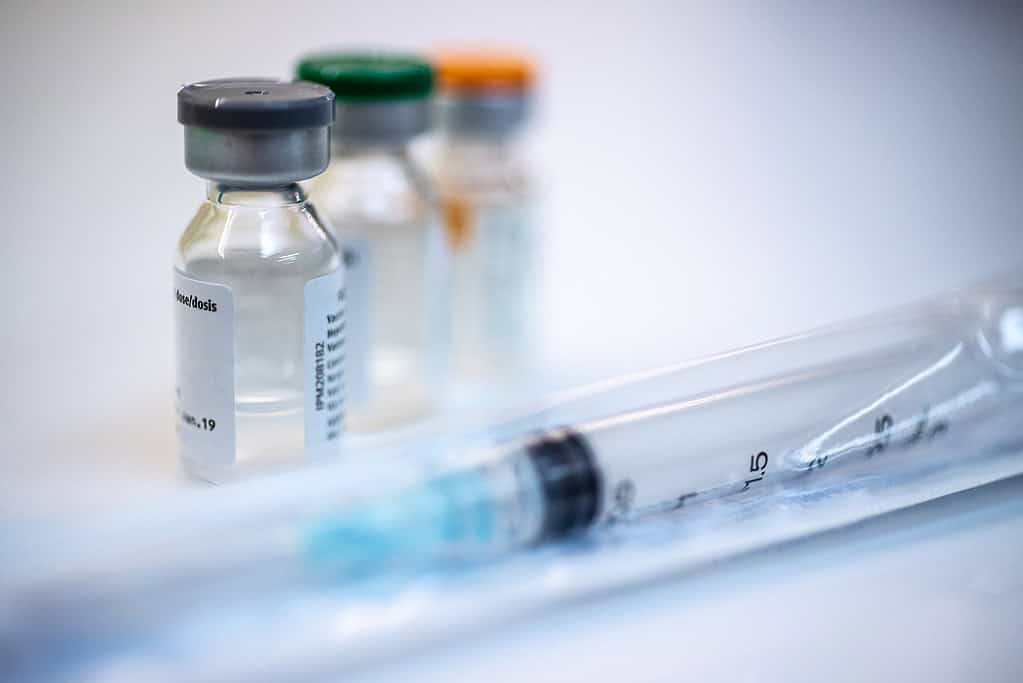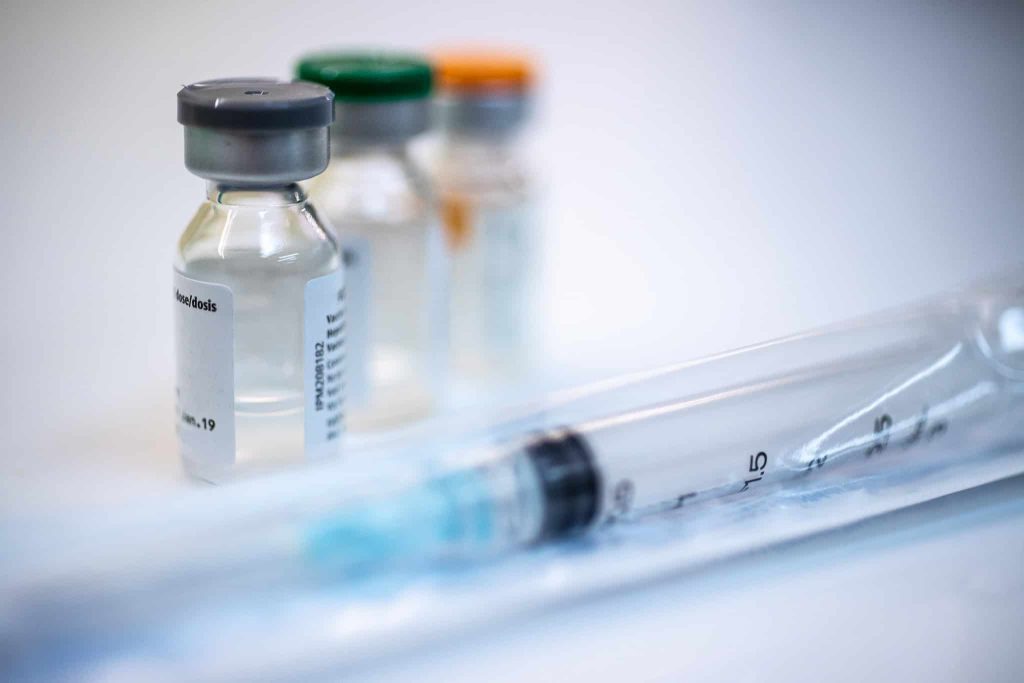Our battle against cancer is about to receive a new tool: personalized vaccines that utilize patients’ immune cells. The vaccine trial uses mRNA and is administered alongside other medications that stimulate the immune system to attack cancer.
“This is one of the most exciting things we’ve seen in a really long time,” stated one of the doctors involved in the trials.

mRNA vs cancer
For the past few years, Moderna has been known as one of the companies that developed one of the first COVID-19 vaccines, helping us keep the pandemic under control. But Moderna actually started out as a company that wanted to make vaccines against cancer — specifically, mRNA vaccines.
Against the coronavirus, mRNA vaccines work by using a piece of messenger RNA to instruct cells to produce a protein that triggers an immune response. Thus, it teaches the body how to recognize and fight the actual virus if infected in the future. The same approach can be used against cancer, but there’s a catch.
Different tumors can have different genetic signatures. So instead of targeting a virus, researchers are targeting that signature. The idea isn’t just to use immunotherapy to kick the cancer out — but also to ensure it doesn’t come back again.
This is an international trial first launched in the UK. The UK part of the trial aims to recruit 60-70 or more patients. The patients in the trial must have had their melanoma surgically removed in the past 12 weeks. Some of them will get a placebo shot and others will get the vaccine. None of them will know which they are taking.
Expanding it to other types of cancer
This is part of a phase 3 trial — a larger-scale study than phase 1 or 2. At this phase, researchers test the effectiveness and safety of a new treatment with a diverse group of people. The aim is to assess its efficacy and monitor side effects before it can be approved for public use. The previous phase 2 study was recently published in The Lancet, finding a 49% reduction in the risk of recurrence or death after 3 years compared with the standard treatment.
The University College London Hospitals NHS Foundation Trust (UCLH) is leading this trial, in collaboration with Moderna and Merck Sharp and Dohme (MSD). Researchers in other countries (such as Australia) are also carrying out this trial. Doctors also want to try it against lung, bladder and kidney cancer.
“This is one of the most exciting things we’ve seen in a really long time,” said UCLH investigator Dr Heather Shaw, for the BBC. “It is absolutely custom built for the patient — you couldn’t give this to the next patient in the line because you wouldn’t expect it to work. It’s truly personalised.”
Speaking to Sky News, Lawrence Young, from the University of Warwick, also called it “one of the most exciting developments in modern cancer therapy”.
“Interest in cancer vaccines has been reignited in recent years by a deeper understanding of how the body controls immune responses and by the advent of mRNA vaccines which makes developing a vaccine Prof Young said that analyzing a patient's own tumor's immune profile is much easier.
The goal is for this method to be used for other cancers like lung and colon cancer.
This treatment is not yet regularly offered outside of clinical trials, but if it is successful and safe, it can be part of cancer treatment.
Melanoma and the ABCDE checklist
Melanoma, if detected early, can often be treated with a high chance of survival. However, it can become life-threatening quickly if it spreads. Educating the public and healthcare providers about melanoma signs through tools like the ABCDE checklist helps people monitor their skin for changes and seek medical advice promptly. This proactive approach can lead to early diagnosis, reducing the complexity of treatment and improving recovery chances.
The ABCDE checklist is a set of criteria for evaluating moles and skin lesions for signs of melanoma. Each letter represents a key characteristic to watch for:
- A (Asymmetry): One half of the mole does not match the other half.
- B (Border): The edges are irregular, ragged, notched, or blurred.
- C (Color): The color is not consistent, with shades of brown, black, tan, red, white, or blue.
- D (Diameter): The spot is larger than 6mm across, though melanomas can be smaller.
- E (Evolving): The mole is changing in size, shape, or color.
If you believe you are eligible and are interested in participating in this study, please visit the Be Part of Research website









